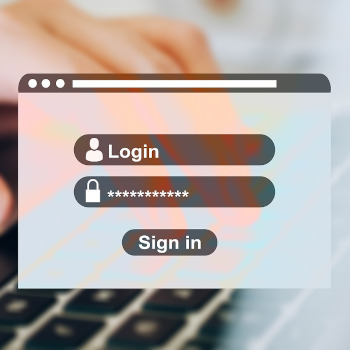
Although privileged access management provides better business protection, 58% of IT teams have not implemented one due to the cost.
The international Keeper Privileged Access Management (PAM) study “Deployment Amid Economic Uncertainty” among IT and security managers shows that although PAM solutions are viewed by IT leaders as crucial to their security, budget constraints and complex solutions hinder their deployment . 56 percent of respondents tried to implement a PAM solution but were unable to fully implement it. For 92 percent, solutions that were too complex were the main reason for this. 58 percent of IT teams have not implemented a PAM solution because traditional platforms are too expensive.
PAM solutions are classified as important – high costs and complexity are obstacles to their use
Organizations need flexible identity security solutions to protect against cyber threats and monitor, detect and prevent unauthorized privileged access to sensitive data and critical resources.
91 percent of IT leaders say their PAM solution has given them more control over privileged user activity, reducing the risk of insider and external security breaches.
Despite the benefits, nearly two-thirds of IT leaders (62 percent) said worsening economic conditions would likely lead them to downsize their current PAM platform.
“Organizations’ risk of data breaches and cyberattacks increases exponentially if they don’t have a PAM solution in place,” said Darren Guccione, CEO and co-founder of Keeper Security. “Most successful breaches result from stolen or compromised credentials and escalation of privileges through lateral movement. Organizations need easy-to-use and affordable PAM solutions to stay one step ahead of cybercriminals. The industry needs to evolve and offer solutions with features that modern IT leaders need.”
IT managers need simpler, more powerful solutions
Operating PAM solutions often requires a significant amount of staff, which is a hindrance to implementation for companies with limited staff and resources. In the study, 85 percent of IT leaders confirm that separate staff are required to manage and maintain their PAM.
Therefore, PAM solutions that are easy to implement and maintain are critical. With a few exceptions, most traditional PAM solutions cannot meet these requirements.
Study participants expressed a strong desire for a smaller PAM solution and cited the following three key benefits:
- easier management and maintenance (70 percent)
- easier integration into the existing technology environment (55 percent)
- lower or no costs for functions that the company does not need (44 percent)
When asked which features are important, respondents said their companies most often use PAM features to:
- Two-factor authentication (62 percent)
- role-based security (58 percent)
- Reporting/auditing (51 percent)
Lower costs and ease of use are driving widespread adoption of PAM
Today's IT leaders find themselves in the difficult position of managing the threat landscape and widespread budget and staffing cuts. You need a modern PAM solution that combines password management, secrets and privileged connection management features. You need to protect the most sensitive systems with solutions that are quick, cost-effective to implement, and easy to understand and integrate.
Methodology
The study is based on responses from 400 IT and security leaders in North America and Europe. The survey was conducted by an independent research company in 2023.
Go directly to the report on KeeperSecurity.com
About Keeper Security Keeper Security is changing the way people and organizations around the world protect their passwords, secrets and sensitive information. Keeper's easy-to-use cybersecurity platform is built on the foundation of zero-trust, zero-knowledge security to protect every user and every device.
